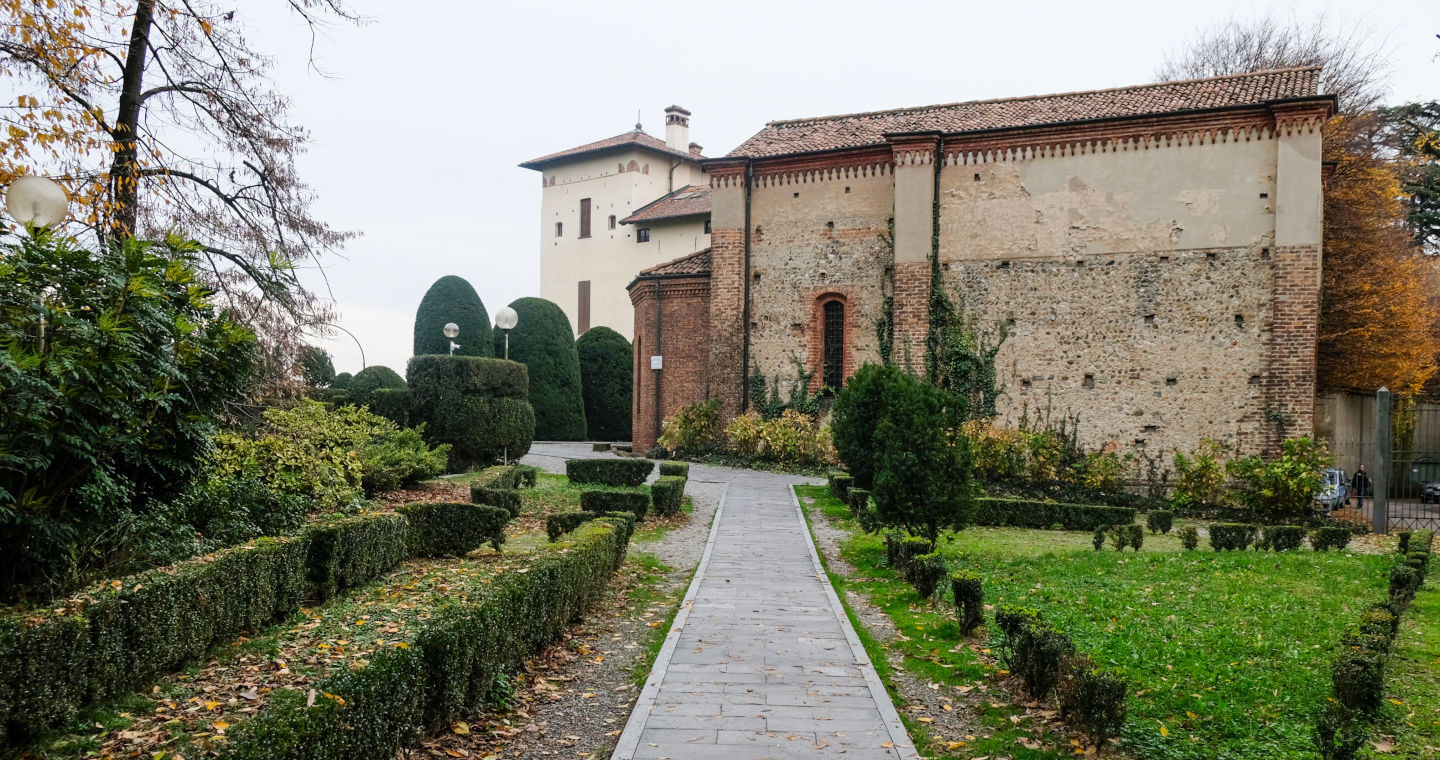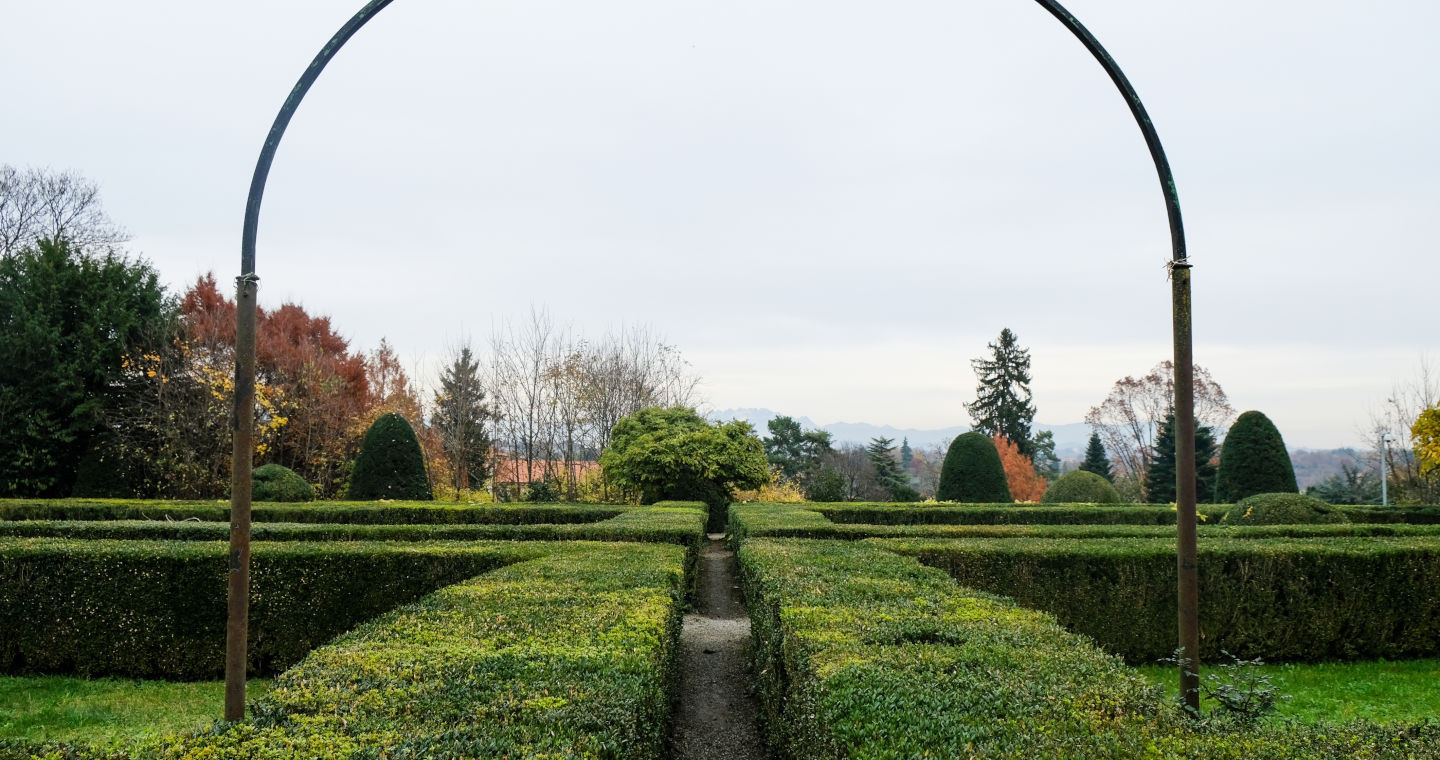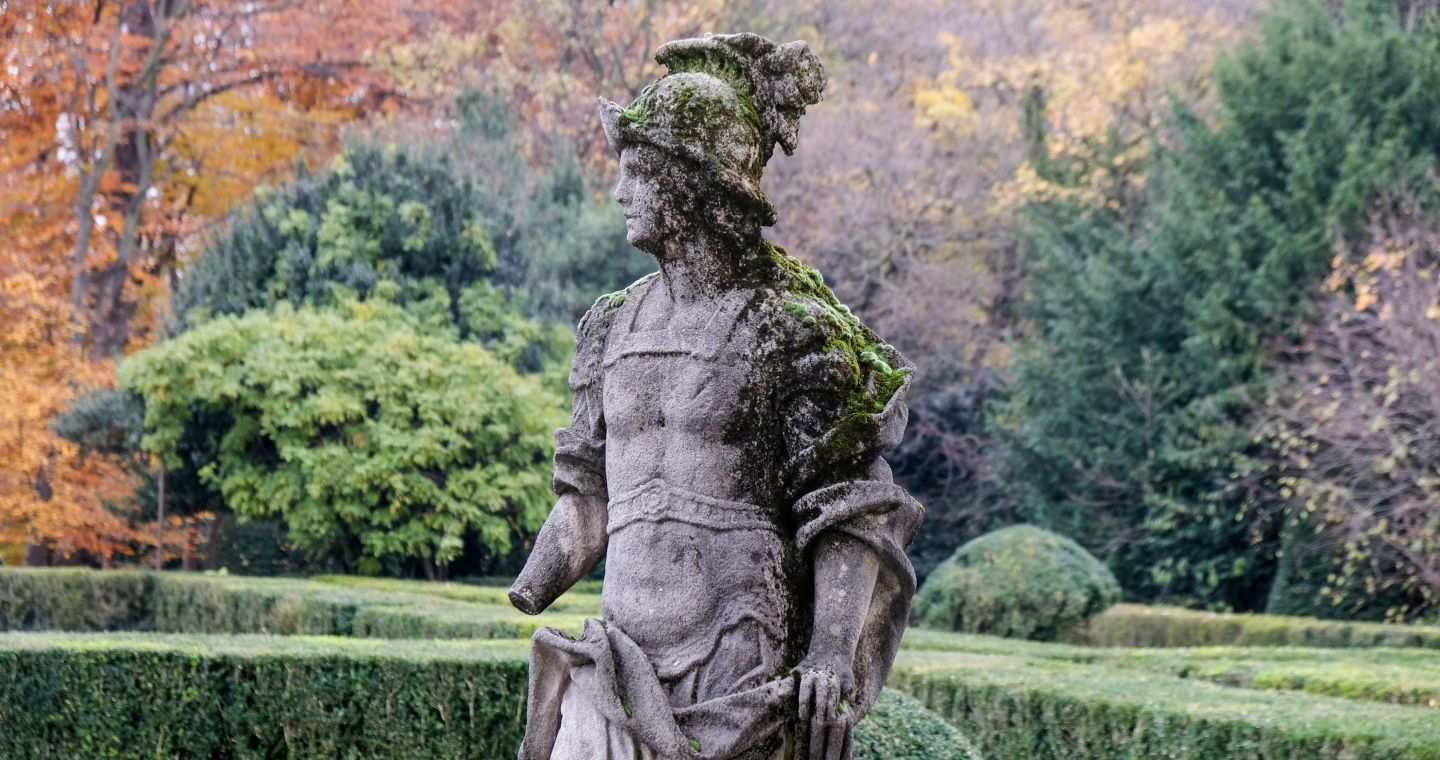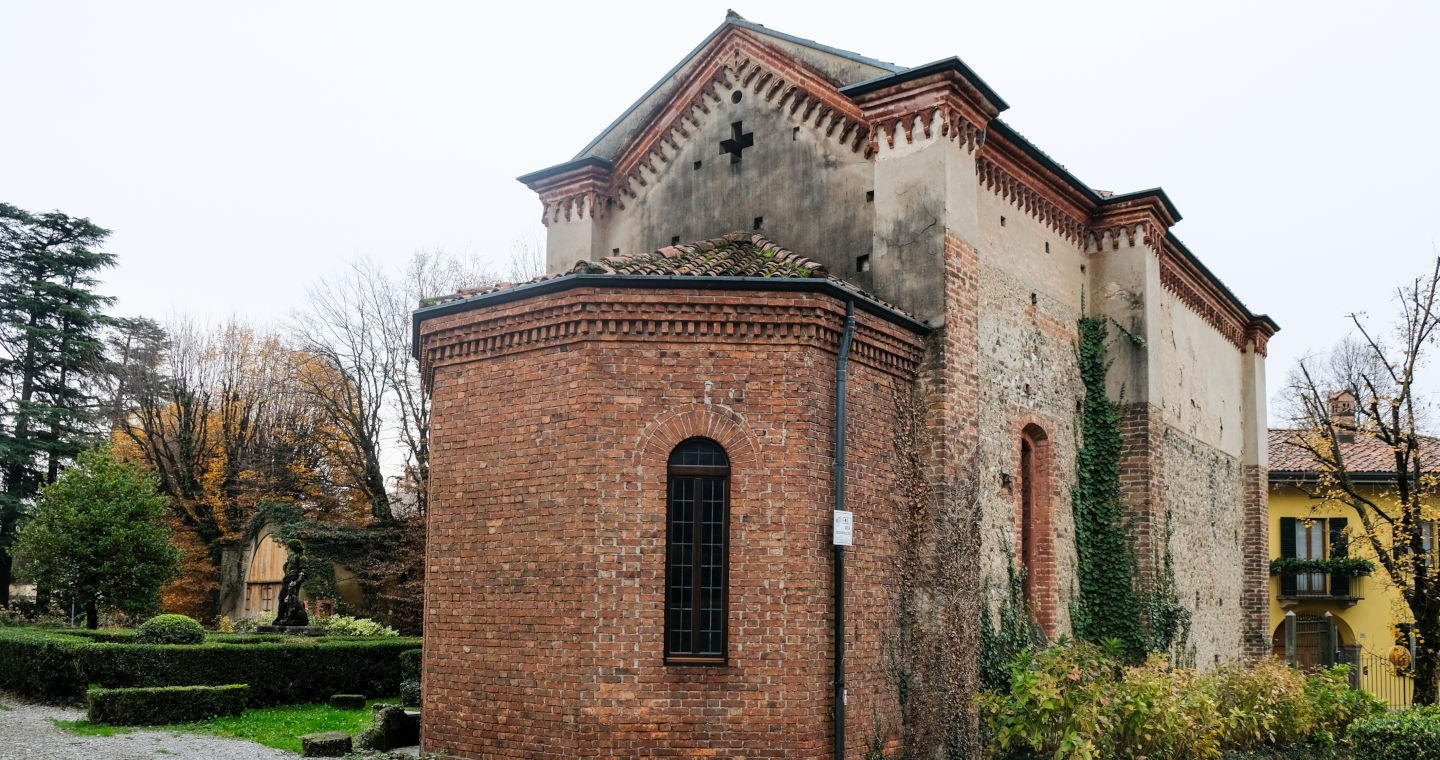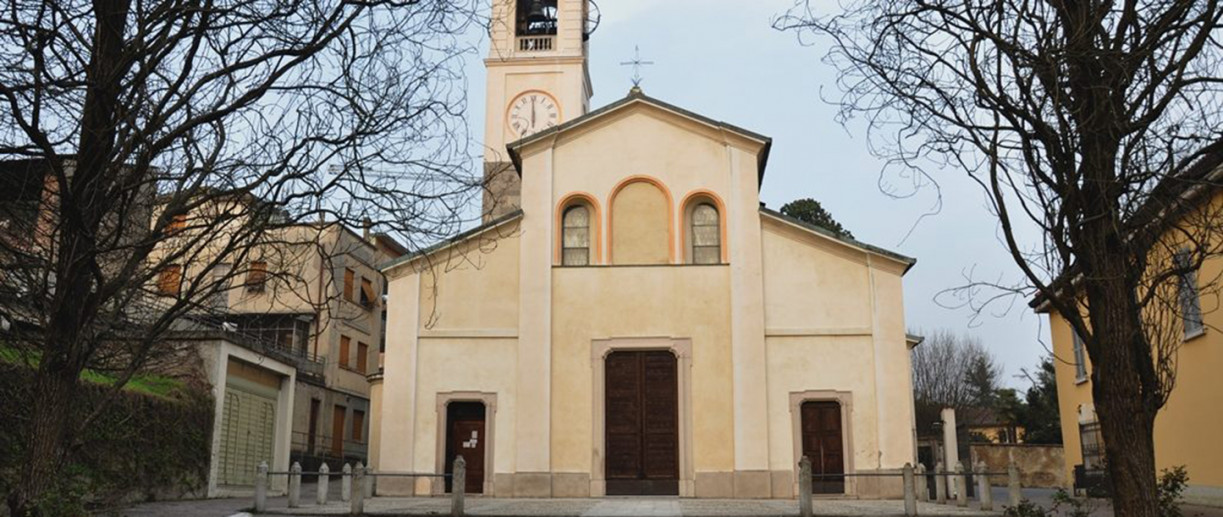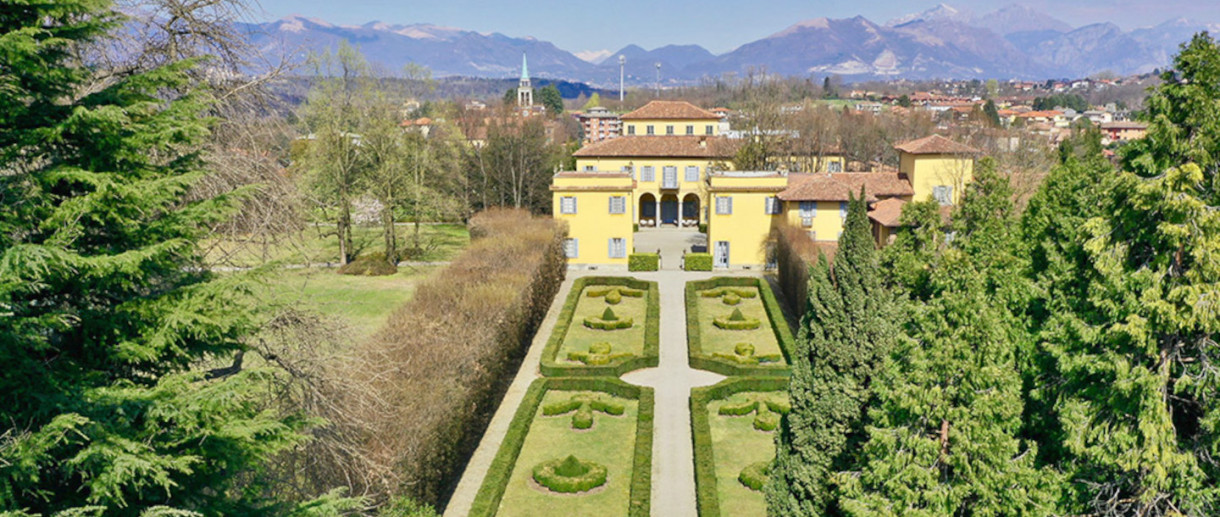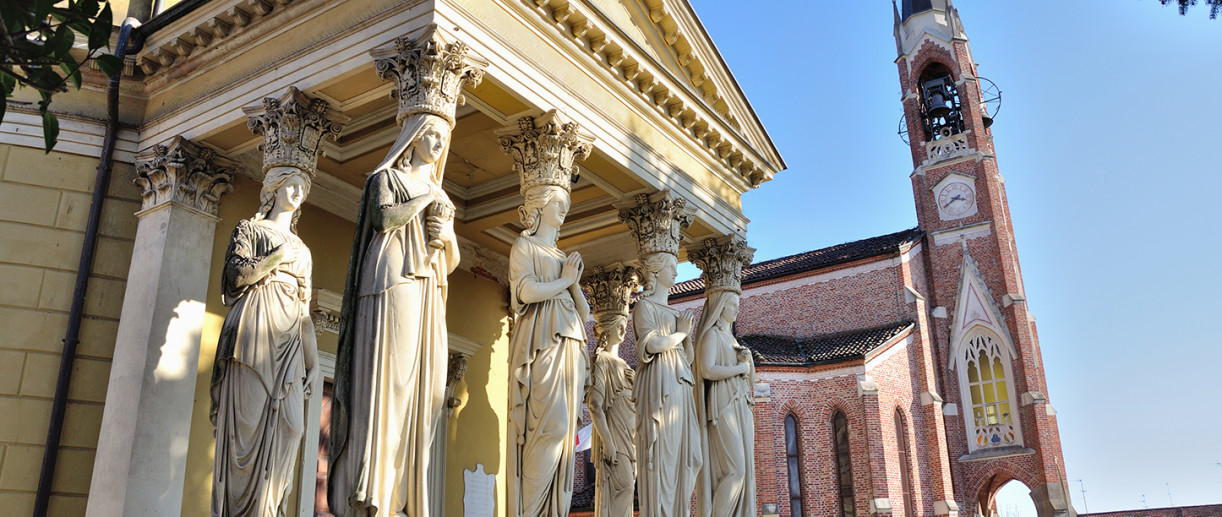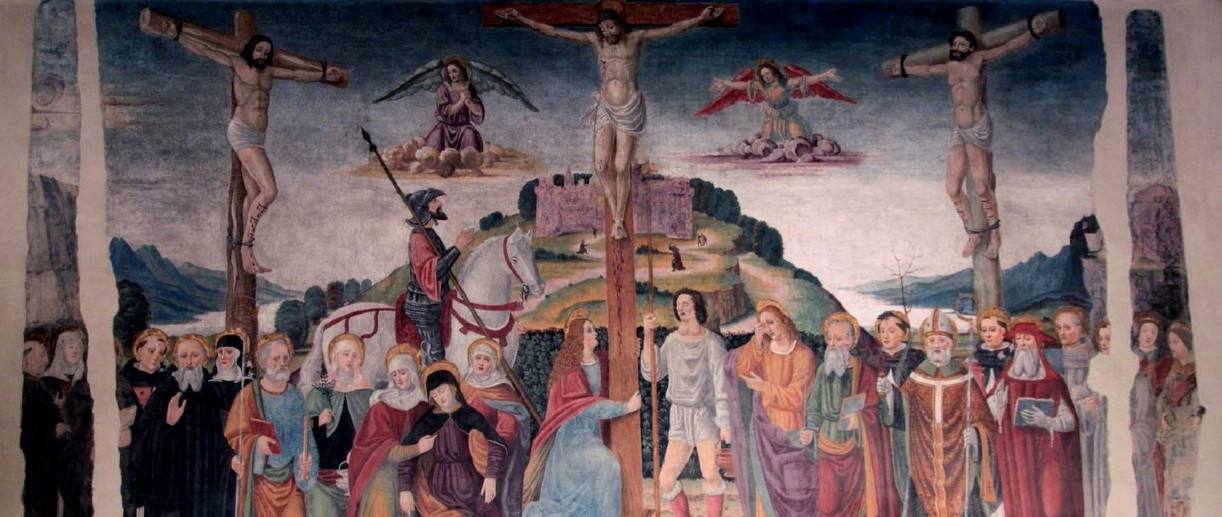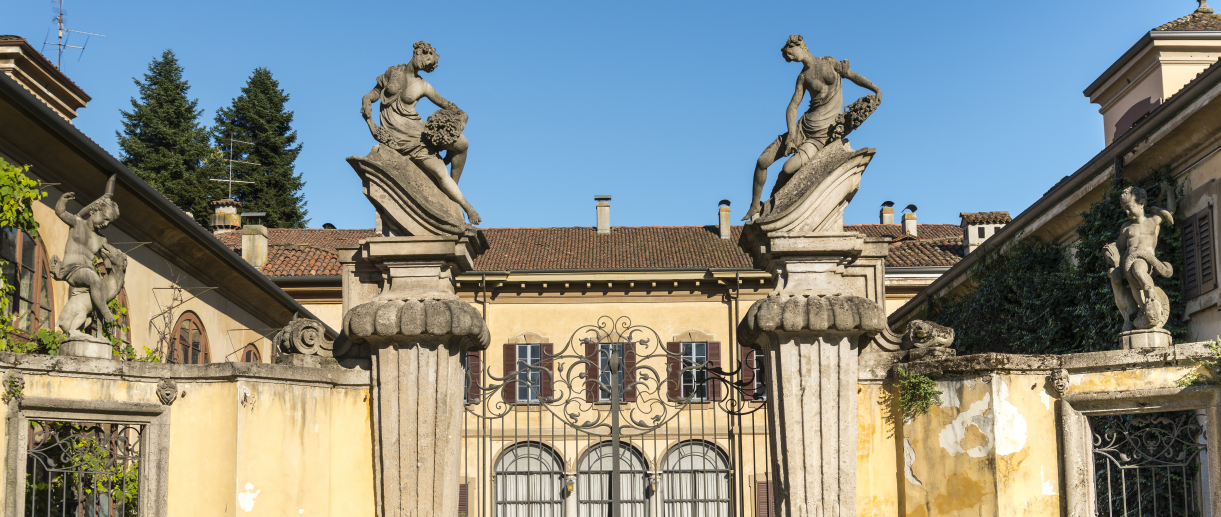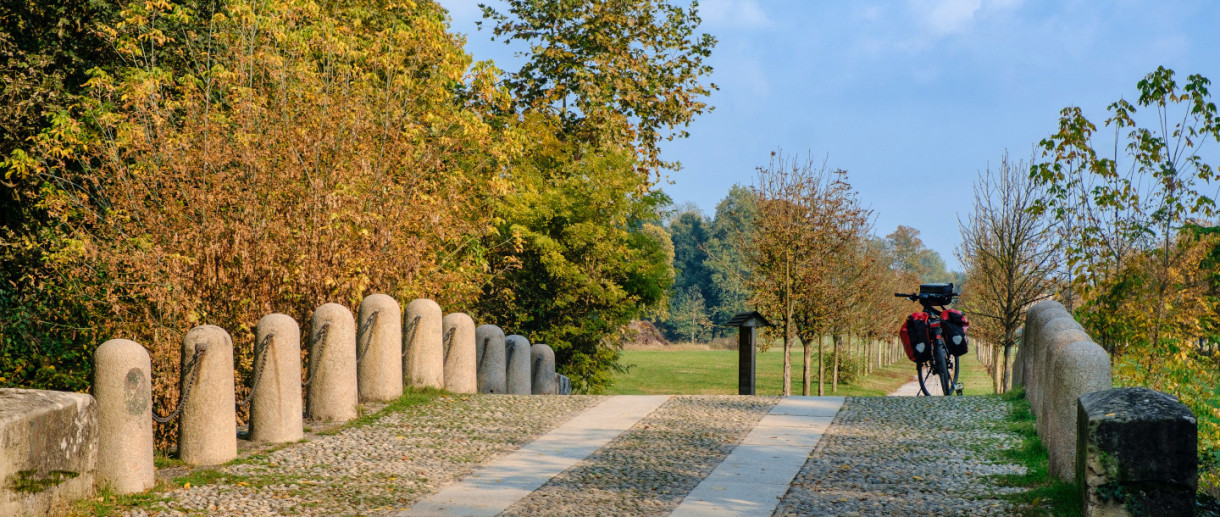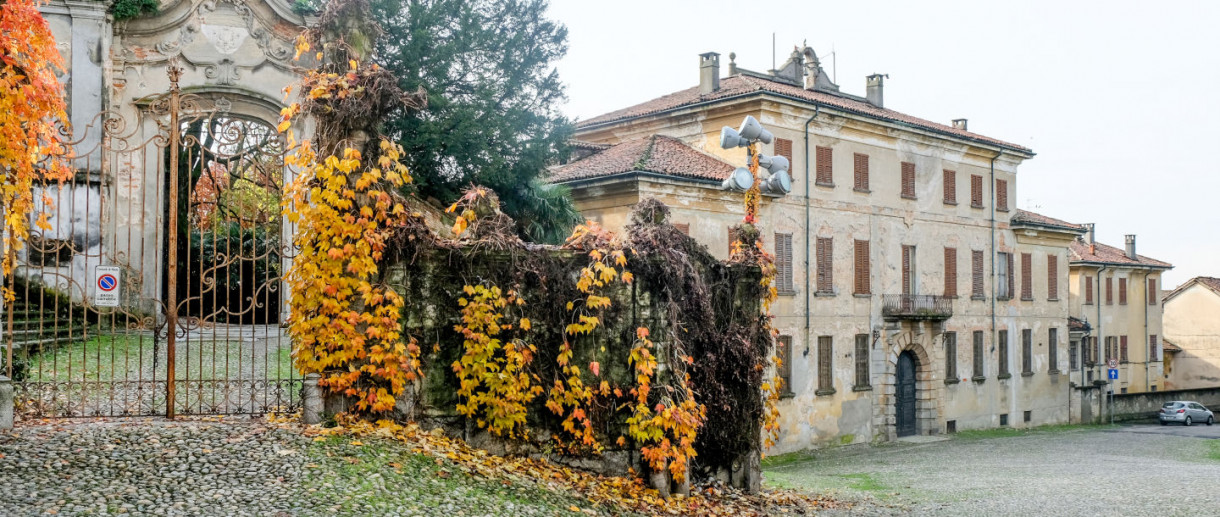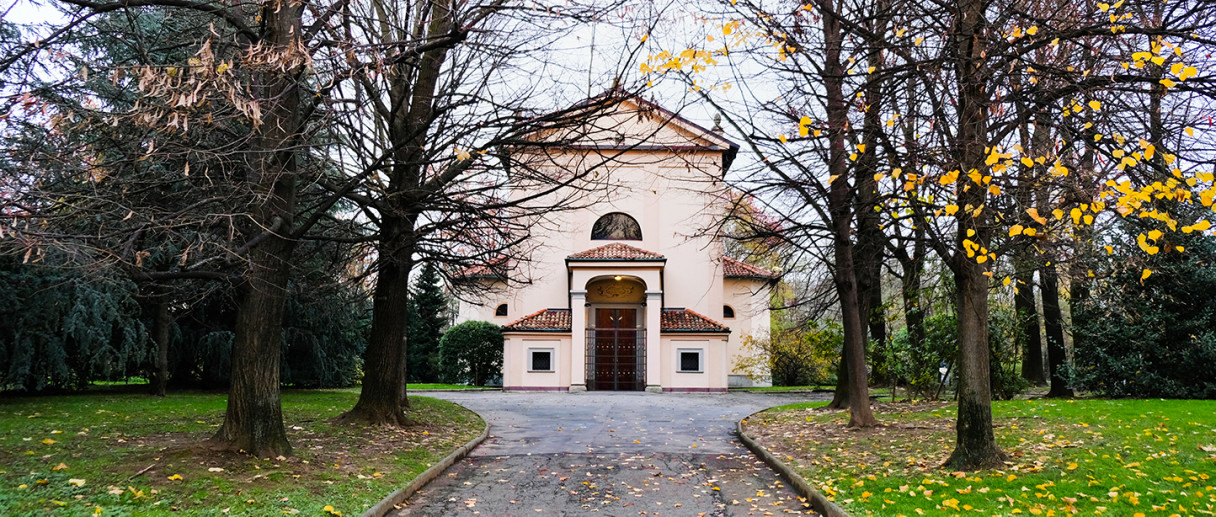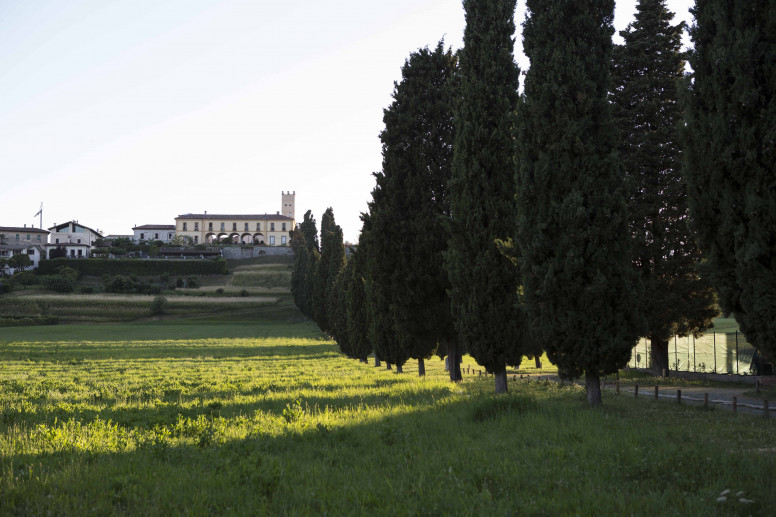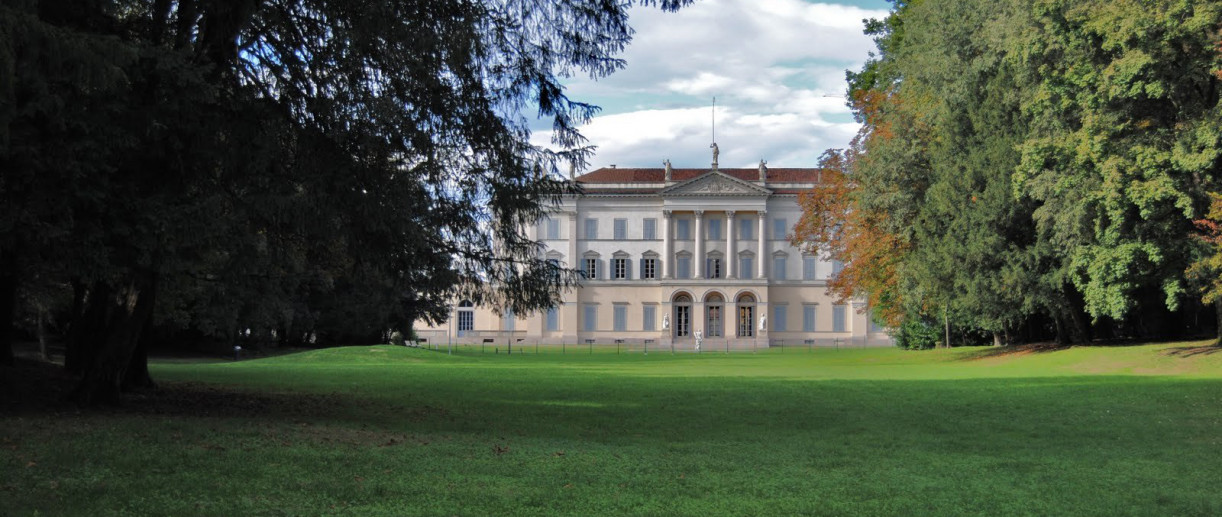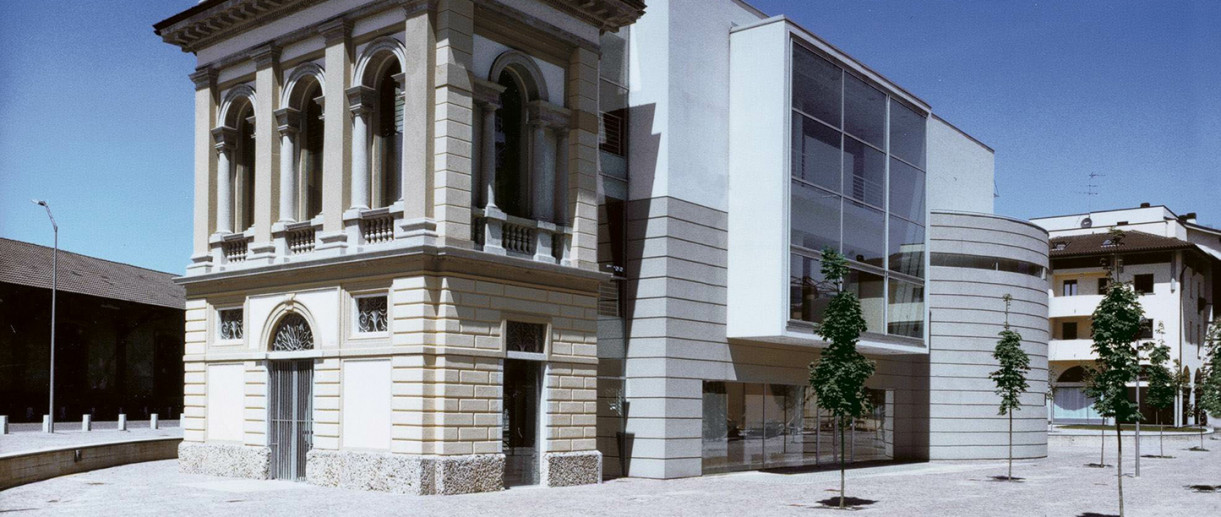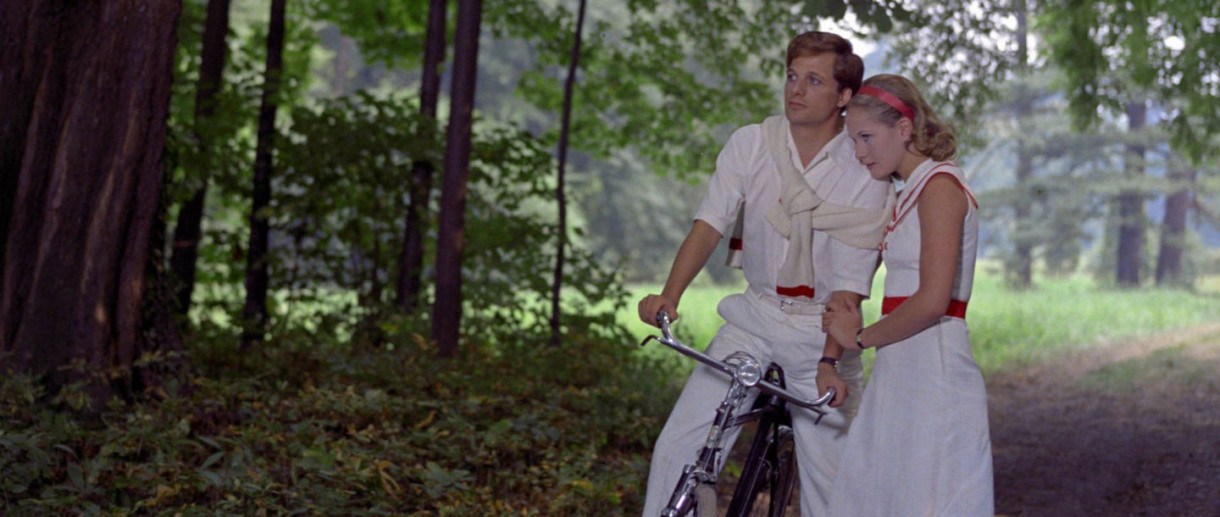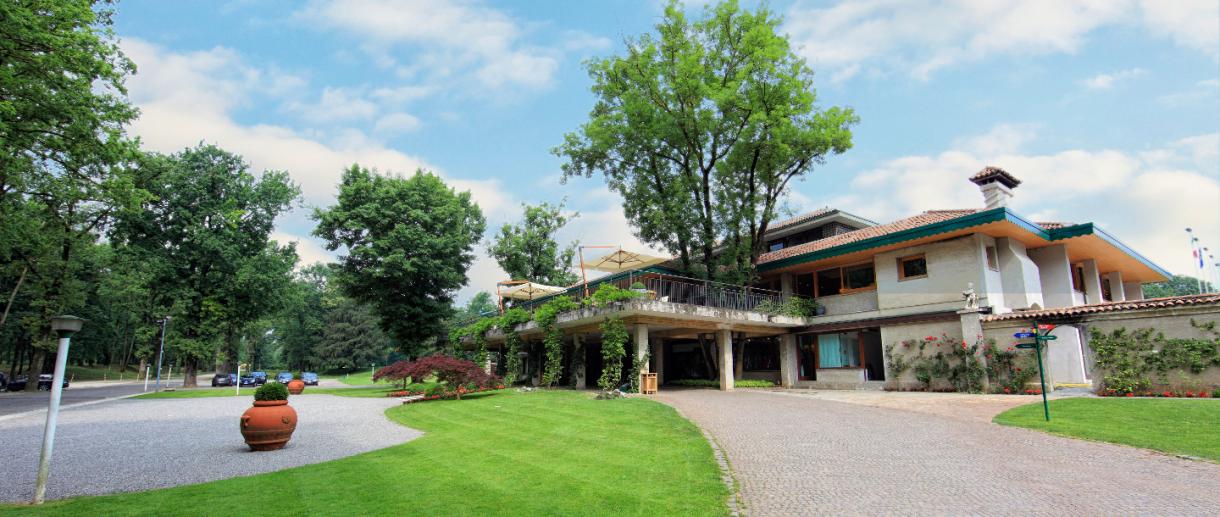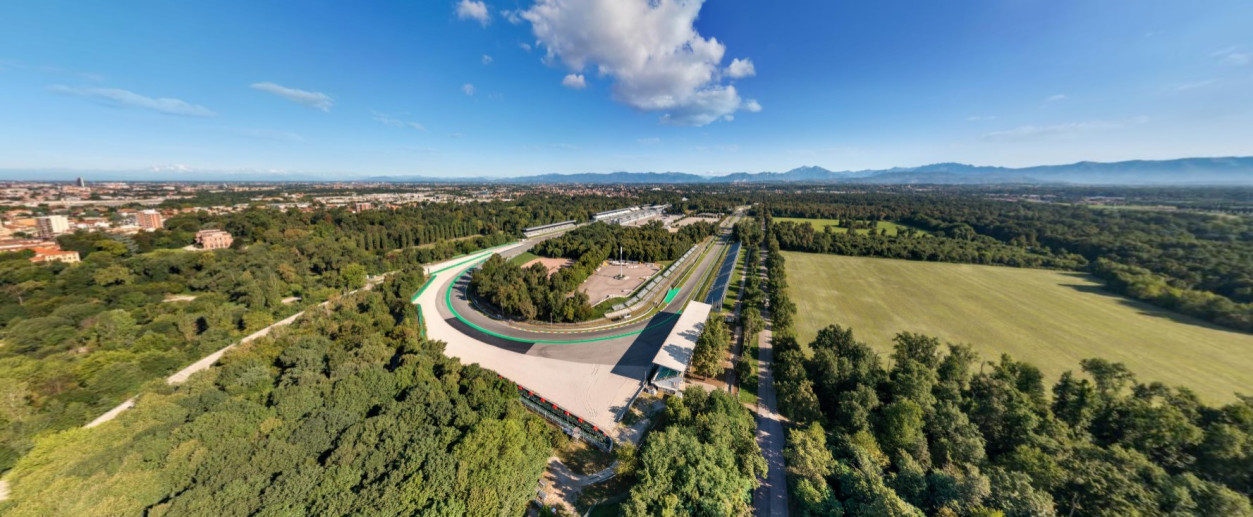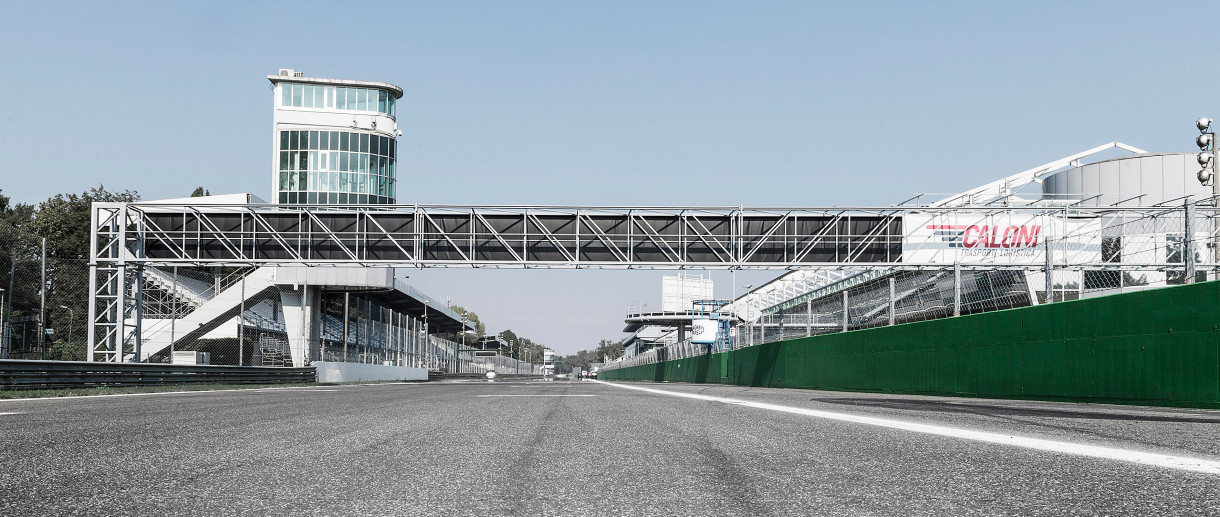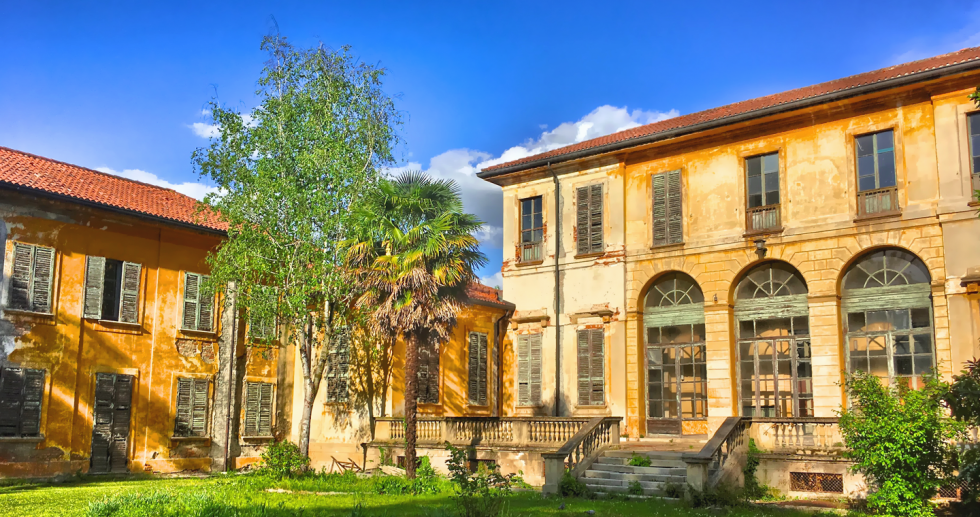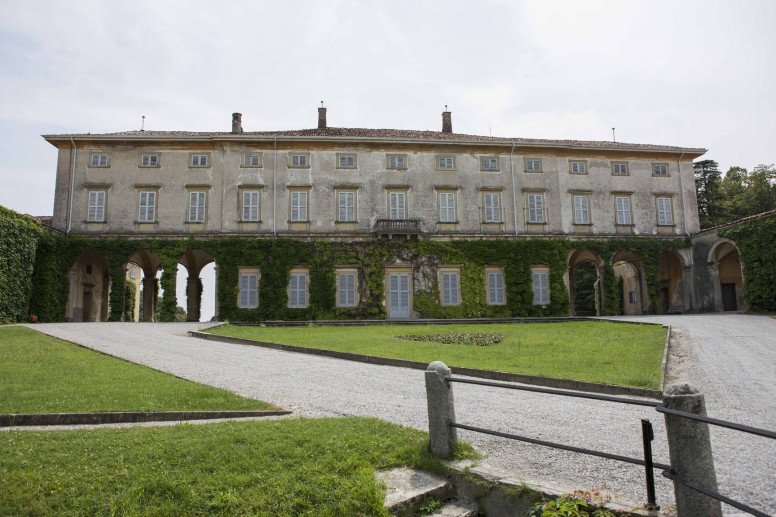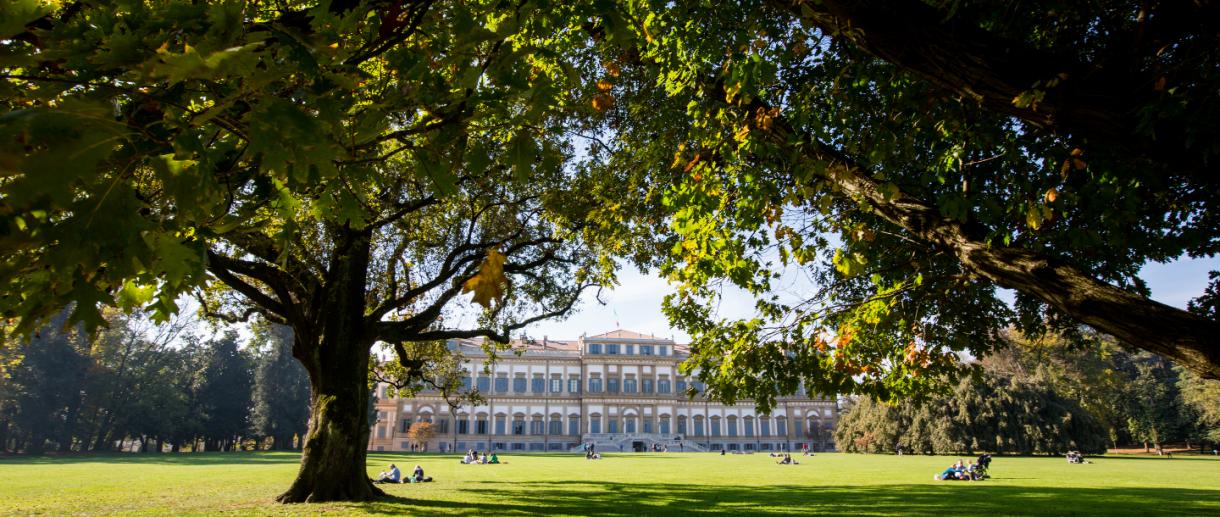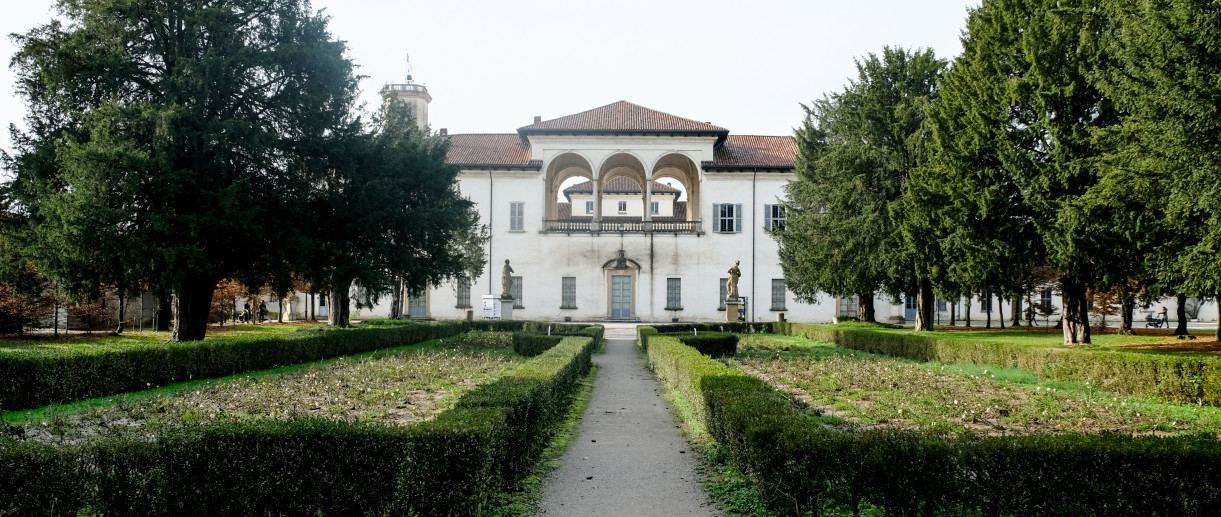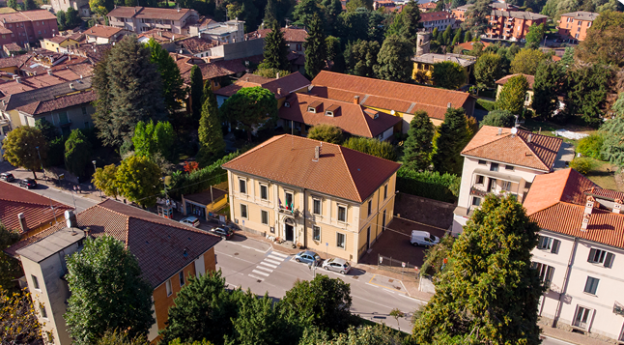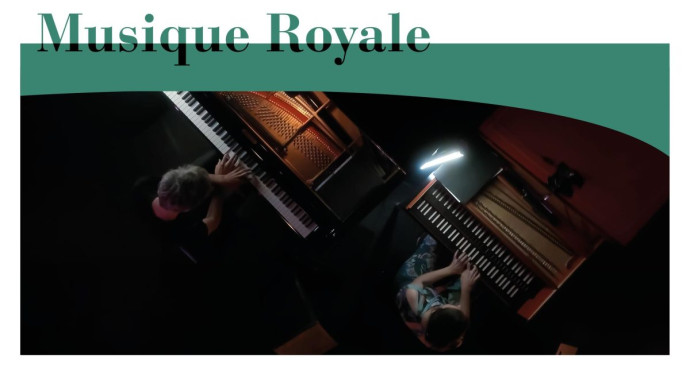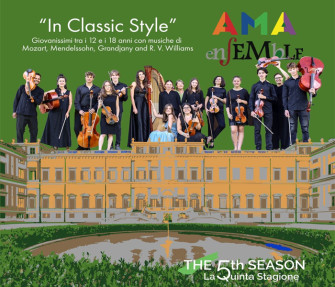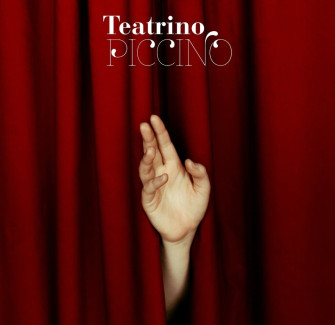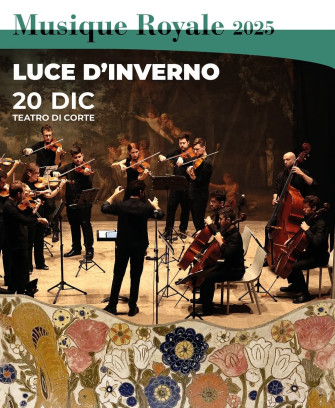- Art & Culture
Carate Brianza
From the Basilica of Saints Pietro e Paolo to Villa Cusani Confalonieri, Carate Brianza is a small treasure chest to explore.
One of the most extraordinary Romanesque basilicas in Lombardy is located in Carate Brianza, in the heart of the Lambro Valley.
The historic centre is home to the parish church, which houses paintings by Francesco Hayez and Daniele Crespi, and of course, the town is also home to the delightful Villa Cusani Confalonieri and its park.
In Roman times, the settlement of Carate Brianza stood along the Via Regina which led from the port of Cremona to the mountains of Valchiavenna, passing through Milan and Brianza. Thanks to this strategic position, in the heart of the Lambro Valley, in the time of the city-states, Carate Brianza was the scene of some bloody battles between the Della Torre and Visconti families who fought for control of Milan.
The construction of a castle, later incorporated in the Villa Cusani Confalonieri, dates back to this period. The villa is now home to the civic library and is surrounded by a large, Italian-style garden that is open to the public. Not far from here, in the historical centre of Carate, is the parish church of Saints Ambrogio e Simpliciano. Inside, you can see paintings by Francesco Hayez, Daniele Crespi and a 1584 “Nativity” by Malosso.
The Basilica of Saints Pietro e Paolo, in the hamlet of Agliate also dates back to the Medieval period. Built between the 10th and 11th centuries, it is a gem of Romanesque architecture. The stones used for the facade come from the nearby Lambro river. There is also a Romanesque-style Baptistery alongside the Basilica, with a rare nine-sided polygon plan. Inside the Basilica are the remains of a cycle of paintings dating back to the 10th century.
The Lambro River runs alongside the Basilica and played a fundamental role in the history and development of Carate Brianza. Numerous spinning, weaving and dyeing mills were built along its course. Like the former Krumm spinning mill with its workers' village in the hamlet of Realdino, a gem of industrial archaeology. According to a local adage, here “you visit the water and you drink the wine”. The zone is full of grottoes dug into the ceppo sedimentary rock from which freshwater still flows today. The hamlet also has numerous taverns still operating now, including one of the oldest inns in all Lombardy.
-
